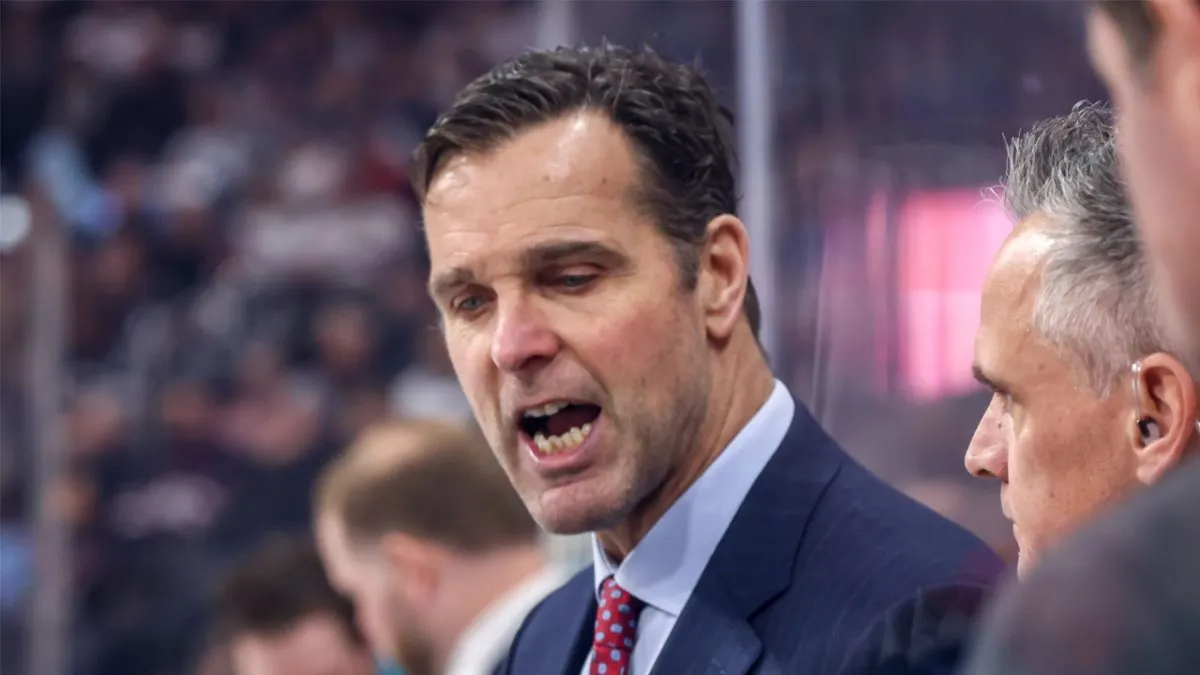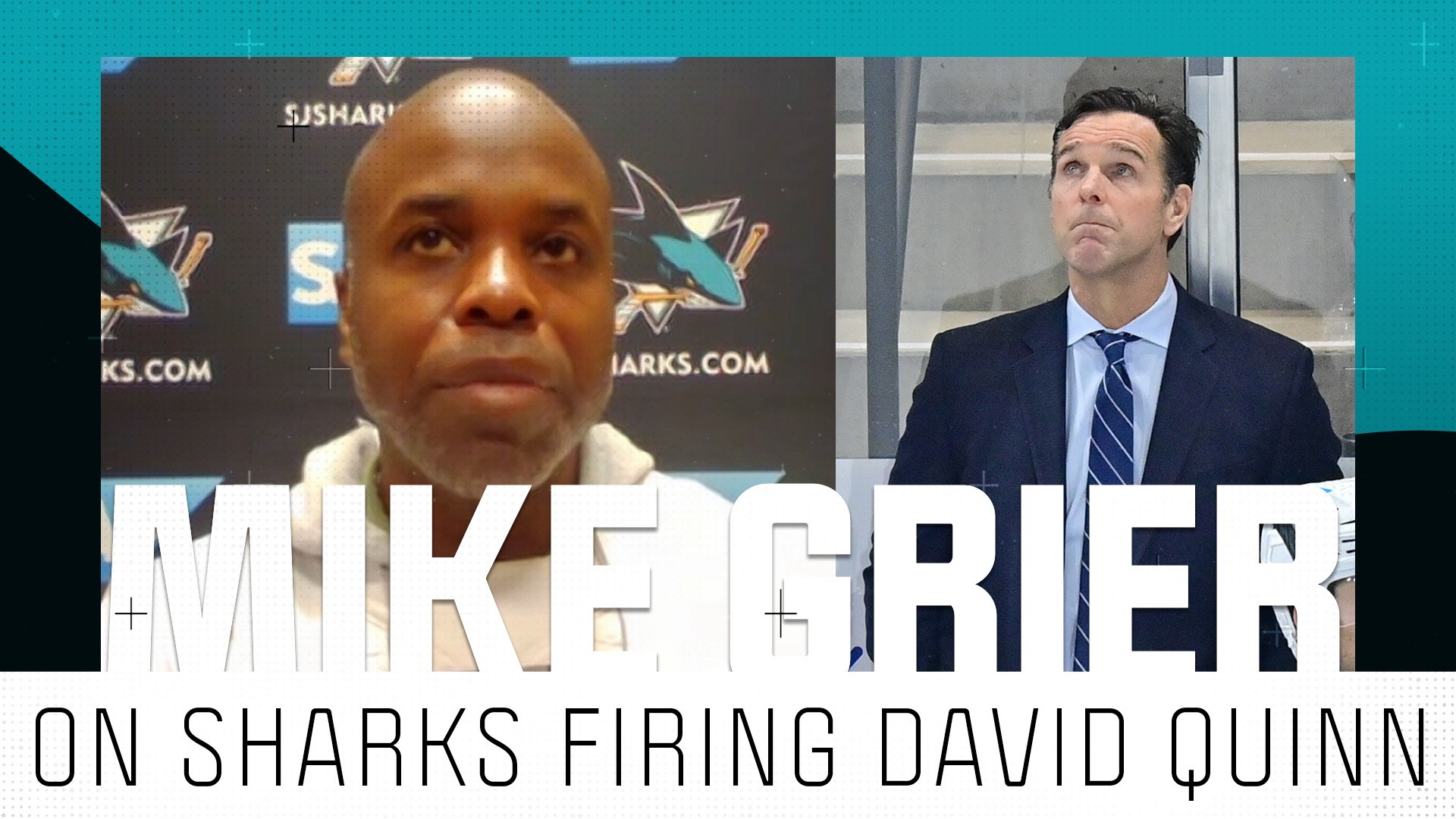
After his first full season in a Sharks uniform, the acquisition of Brenden Dillon appeared it may have been a mistake.
Dillon was traded from Dallas in exchange for Jason Demers, as San Jose looked to bolster its depth on the left side of their blueline and gave up a player that emerged as a legitimate top-four defenseman after the trade. Meanwhile, Dillon seemed overmatched.
Playing with the slow-footed Roman Polak exacerbated Dillon’s own shortcomings during the Sharks’ run to the Stanley Cup Final, and their combined weakness was on full display against the Pittsburgh Penguins.
Stay in the game with the latest updates on your beloved Bay Area and California sports teams! Sign up here for our All Access Daily newsletter.
So, San Jose signed the smooth-skating David Schlemko to bolster their bottom pairing last summer, and it paid off: Dillon and Schlemko comprised arguably the best third pairing in the league.
Schlemko’s no longer in San Jose, but Dillon’s still improving. Through 23 games this season, Dillon’s posting the best possession numbers of his career (56.7 percent five-on-five corsi-for, per Corsica Hockey), and scoring points during five-on-five play at the highest rate of his career (0.72 points per 60 minues).
With Dillon on the ice, the Sharks have the puck more than when he’s not. Only Joonas Donskoi (6.73 percent) has a higher relative five-on-five corsi-for percentage than Dillon (5.4), and San Jose shoots nearly six more shots every 60 minutes that Dillon plays, according to Corsica.
He’s also getting it done on his own end: They allow nearly six fewer attempts per hour, too, and that’s the third-best mark among Sharks defensemen.
San Jose Sharks
Part of Dillon’s improvement can be attributed to who he plays with and how he’s used. He’s gotten favorable deployment, and started a career-high 58.42 percent of his non-neutral zone shifts in the offensive zone in five-on-five situations.
Plus, he’s spent most of his time this season with Brent Burns and Tim Heed. Playing with the two best offensive defensemen on the team will do wonders for a player’s possession numbers.
But both factors are out of his control, and Dillon’s been able to take advantage because of his own development. He prioritized his skating in the offseason following San Jose’s Stanley Cup loss, and his improvement since has been readily apparent.
So, too, has the coaching staff’s greater trust in Dillon: He’s averaging 17:05 in ice time per game this season, which is nearly 30 seconds more than his previous high under Peter DeBoer (16:41 in 2015-16).
Dillon’s continued improvement, as well as the emergence of Heed and Joakim Ryan, has allowed San Jose to absorb the loss of Schlemko and Paul Martin’s injury. The blu eline was already a strength, and now it’s an even bigger one.


